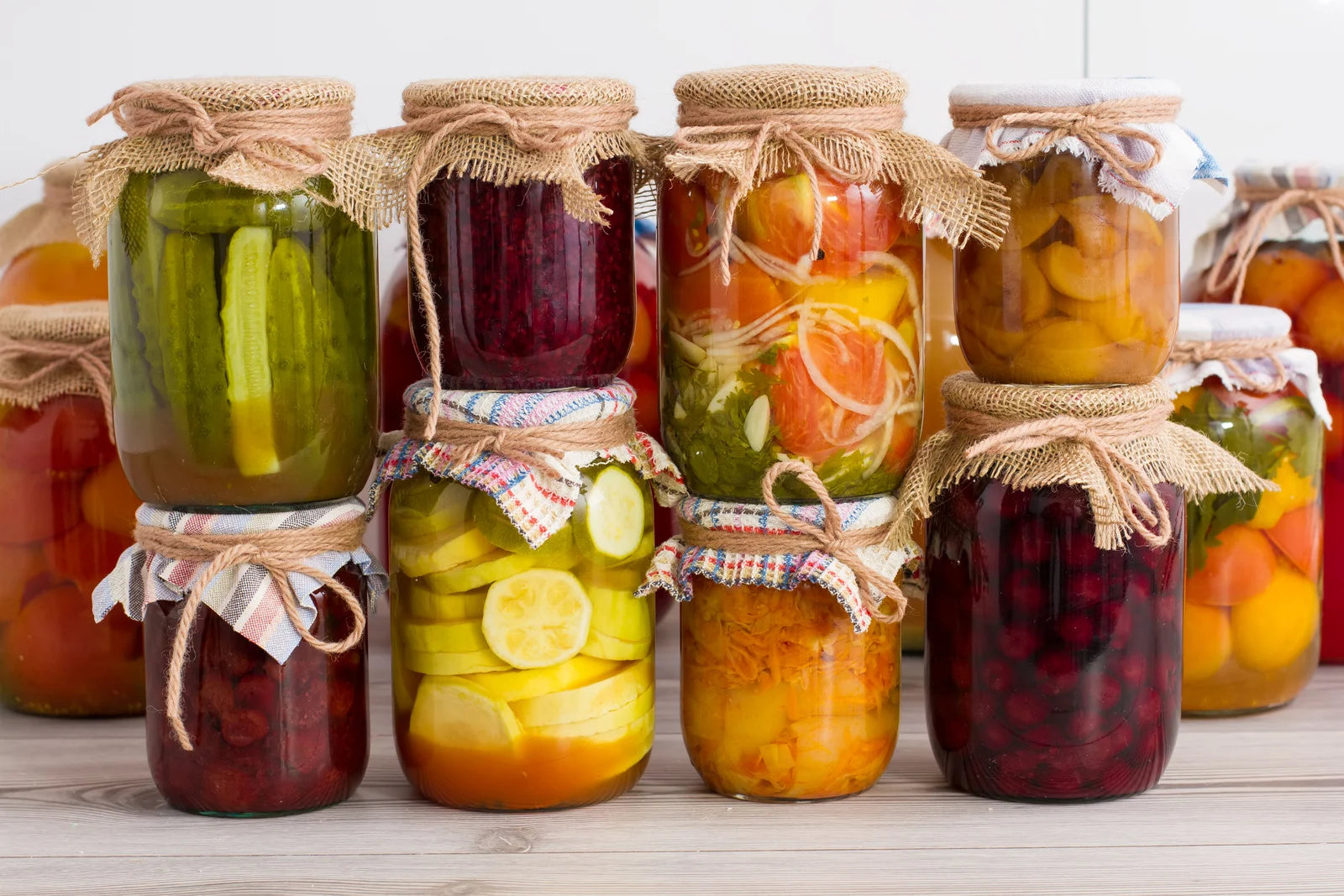Preserving the fruits and vegetables you grow in your survival garden is a rewarding and fulfilling task. By learning different methods for canning, freezing, and drying, you can enjoy the flavors of your garden all year round. Whether you're new to preserving or a seasoned pro, these techniques can help you reduce food waste and extend the shelf life of your harvest. So roll up your sleeves and get ready to preserve your hard-earned bounty with these tried and true techniques!
Canning Techniques
Canning is not only a great way to preserve the harvest from your survival garden, but it's also a perfect solution for busy families who want to save time and money. You can use canned fruits and vegetables for quick meals, snacks, or even gifts for friends and family. Additionally, canning allows you to enjoy your favorite foods all year long, even when they are out of season.
For example, if you grow an abundance of tomatoes in the summer, you can easily can them to use in winter soups and stews. Canning is also a great way to reduce food waste by preserving excess produce that you might not be able to consume before it goes bad. Browse our collection of Heirloom Seed Kits to get your survival garden started off right!

Freezing Techniques
For many growing up, there was always that one relative that always had a large chest freezer filled with frozen fruits and vegetables that she had preserved from their garden. Freezing is a convenient preservation method because it allows you to easily store produce for later use without taking up too much space. It's also great for preserving the texture and flavor of your fruits and vegetables.
Whether you're freezing fresh berries for smoothies or blanching and freezing veggies for soups and stews, this section will provide you with all the information you need to properly prepare and store your produce.
Drying Techniques
Drying is a preservation method that can be especially useful for hikers, campers, and anyone who wants to make their own healthy snacks at home. For example, you can make your own trail mix with dried fruits and nuts, or create your own fruit leather with pureed fruits.
Drying also allows you to preserve herbs and spices for use in cooking and seasoning. In this section, we'll cover the different drying methods, the best fruits and vegetables to dry, and some tips for storing dried foods to ensure they remain fresh and flavorful.
Choosing the Right Preservation Method
When it comes to preserving your survival garden's bounty, it's important to consider your specific use case. For example, if you have an abundance of tomatoes and want to enjoy them throughout the year, canning may be the best option for you. On the other hand, if you have limited freezer space, you may want to opt for dehydrating your produce instead. Ensure you have the proper Tools & Amendments before harvesting your survival garden!
It's also worth considering the amount of time you want to store your food. If you're looking for long-term storage, canning and freezing may be better choices than drying. Ultimately, the decision is up to you and your personal preferences. By exploring different preservation methods, you can find the one that works best for your needs and enjoy your survival garden's bounty all year round.

Preserving your survival garden's bounty can be a great way to enjoy fresh produce all year round. By using canning, freezing, and drying techniques, you can make the most out of your harvest and reduce waste. We hope this blog post has provided you with the information you need to successfully preserve your survival garden's bounty.
Next Steps
Are you ready to enjoy the benefits of herbs grown fresh in your survival garden? We provide a one-stop shopping experience for your survival gardening needs. Browse our survival seeds, kits, and supplies, or purchase our pre-packaged options.











